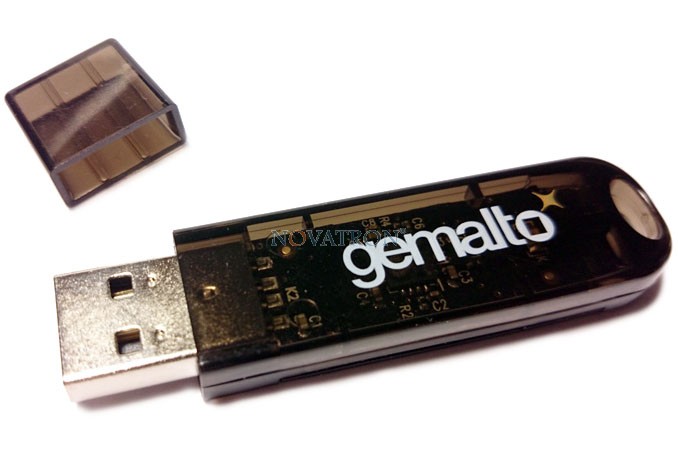
USB port types and names
USB (Universal Serial Bus) is an industry standard for connecting computers and other devices. It's available with many types of port, and each type has a unique shape. On Mac computers, USB is available with these ports, depending on your Mac model:
USB-A
Note: The SafeNet drivers below are compatible with Microsoft Windows 8, 8.1 and 10 for both 32-bit and 64-bit systems, Mac OSX and Linux. Unplug your EToken/Smartcard from your device (this could be your USB device or CAC card) Right click and save the SafeNet Authentication Client file on your Microsoft Windows computer (Choose 10.3 for. Token Drivers (e-Pass). EPass2003 Drivers for. EPass2003 Drivers for Mac, Download. EPass1000 Drivers for Windows Operating System, Download.
Type USB-A ports are commonly called USB, USB 2 or USB 3 ports, depending on the USB specification they support. They aren't reversible, so a USB-A connector plugs into the port only when orientated correctly.
Rex2mpc 1.3 free download for mac download. You can download REX2MPC 1.3 for Mac from our application library for free. This application's bundle is identified as com.steamshift.REX2MPC. The most popular version of the program is 1.3. Our antivirus scan shows that this Mac download is clean.
USB-C
Type USB-C ports are available as either standard USB-C ports or Thunderbolt 3 ports that also support USB-C connections. They both look the same, and the connector plugs into the port in either orientation.
Learn more about identifying the ports on your Mac, as well as the adapters and cables you can use to connect older devices to type USB-C ports.
USB specifications
USB specifications are important primarily when you want the most speed and power for your USB device, or your device needs more power or is using too much power. Every USB port supports a particular USB specification, which determines the port's maximum>USB specifications on MacData transferPowerUSB 3.1 Gen 2
Also known as USB 3.2 Gen 2
Up to 10 GbpsUp to 15W at 5VUSB 3.1 Gen 1
Also known as USB 3.2 Gen 1 or USB 3
Up to 5 GbpsUp to 900 mA at 5VUSB 2.0
Up to 480 MbpsUp to 500 mA at 5VUSB 1.1
Up to 12 MbpsUp to 500 mA at 5V
To learn which specification is supported by a type USB-A or type USB-C port on your Mac model:
Comply scans and remediates against CIS, DISA-STIG, NIST, PCI, HIPAA compliance standards. As soon as an issue is detected, this powerful automation helps you and your team remediate it, keeping your infrastructure securely configured, compliant, and up-to-date.The SecOps suite includes both Comply and Protect. It’s built on a unique and powerful event-driven automation engine that detects events in any system and reacts intelligently to them, making it an extremely effective solution for managing large, complex environments.With the newly launched SecOps offering, SaltStack can detect security vulnerabilities and non-compliant, mis-configured systems. Magicdraw 16 6 keygenguru. SaltStack is an intelligent IT automation platform that can manage, secure, and optimize any infrastructure—on-prem, in the cloud, or at the edge.
- Choose Apple menu > About This Mac, click Support, then click Specifications.
- Check the System Information app for more details, including about USB devices connected to USB ports on your Mac. Select USB in the sidebar, then select a USB bus on the right.
Get the best performance from your USB devices
USB specifications all work with each other, but speed and power are limited by the cable or device that uses the earliest specification. For example, if you connect a USB 3 device to a USB 2 port, your device is limited to USB 2 speeds, and it can't draw more power from the port than can be delivered over USB 2. In other words, to get the best performance, make sure the USB port on your Mac and the USB cable to your device meet or exceed the USB specification of the device itself.
If your Mac doesn't recognise a USB device after you plug it into your Mac:
- Check all connections: unplug the device from your Mac, then plug it back in, and make sure that all cables and adapters are securely connected at both ends. Test with another cable or adapter, if available.
- Plug the device directly into your Mac instead of a USB hub or other device, and if necessary test with a different USB port on your Mac or device.
- Some devices need their own software, such as drivers or firmware. Others work without additional software. Check with the manufacturer of your device, and install all available Apple software updates as well.
- If your device came with an AC power adapter, you should use it. Some devices can be powered by the USB port on your Mac. Others need more power than your Mac can provide.
- Restart your Mac.
Learn more
- USB 3 devices can create wireless interference that affects Wi-Fi and Bluetooth devices. Learn how to resolve Wi-Fi and Bluetooth issues caused by wireless interference.
- Mac notebook computers with USB-C or Thunderbolt 3 can charge over that port using a compatible USB-C power adapter and cable.